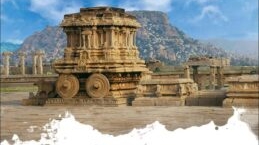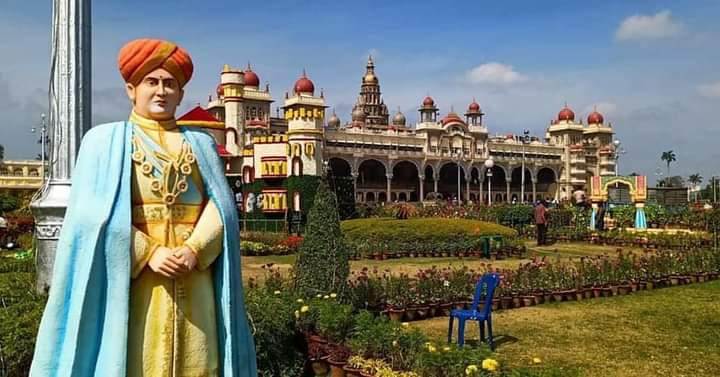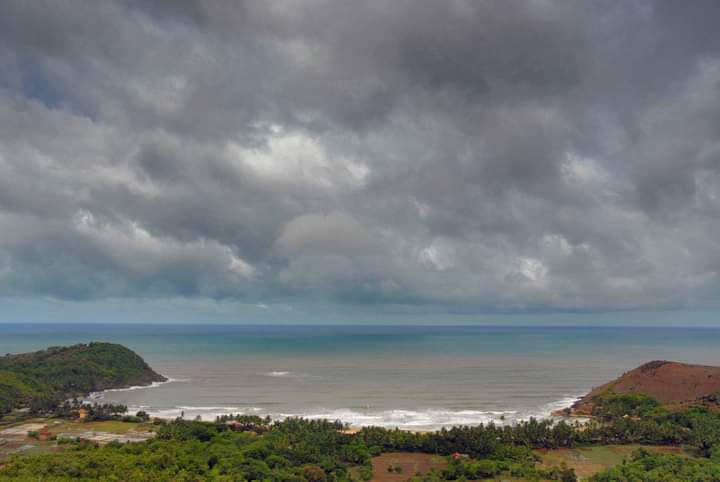
Humpi, spelled as Hampi, is an ancient and UNESCO World Heritage site located in the state of Karnataka, India. It is a captivating archaeological site that was once the capital of the Vijayanagara Empire, one of the most powerful and prosperous kingdoms in South India.
Here is some information about Hampi:
History: Hampi flourished as the capital of the Vijayanagara Empire from the 14th to the 16th centuries. The empire reached its zenith under the reign of Krishnadevaraya, during which time Hampi became a vibrant center of trade, art, and culture. It attracted traders, scholars, and artists from various parts of the world.
Architecture: Hampi is renowned for its impressive architecture, which showcases a fusion of Hindu and Islamic styles. The ruins of the city reveal numerous temples, palaces, marketplaces, fortifications, and water structures. The Virupaksha Temple, Vittala Temple, Hazara Rama Temple, and the Elephant Stables are some of the prominent architectural gems in Hampi.
Virupaksha Temple: The Virupaksha Temple is the most famous and well-preserved temple in Hampi. It is dedicated to Lord Shiva and has a history dating back to the 7th century. The temple complex consists of intricately carved pillars, a massive gateway, and a towering gopuram (entrance tower). The temple is still a living place of worship and attracts a large number of devotees.
Vittala Temple: The Vittala Temple is one of the iconic landmarks of Hampi. It is known for its magnificent stone chariot, musical pillars, and intricate carvings. The temple complex also houses a renowned musical pillar that produces musical notes when struck. The Stone Chariot of Hampi is often considered a symbol of Karnataka tourism.
Royal Enclosure: The Royal Enclosure in Hampi was the seat of power for the Vijayanagara Empire. It includes several structures such as the King’s Audience Hall, Queen’s Bath, Lotus Mahal, and the Stepped Tank. These structures showcase the grandeur and architectural brilliance of the Vijayanagara Empire.
Hampi Bazaar: Hampi Bazaar, also known as Virupaksha Bazaar, is a street adjacent to the Virupaksha Temple. It was a vibrant marketplace during the Vijayanagara period and is still active today. Visitors can explore the market street, which is lined with small shops selling handicrafts, jewelry, and traditional items.
Landscape and Natural Beauty: Hampi is set amidst a stunning landscape with granite hills, ancient boulders, and the Tungabhadra River flowing through it. The scenic beauty of the region adds to the charm of the historical site. The Matanga Hill, Hemakuta Hill, and Anjaneya Hill are popular spots for panoramic views of the Hampi landscape.
Hampi’s rich history, architectural marvels, and scenic surroundings make it a captivating destination for history buffs, architecture enthusiasts, and travelers seeking a glimpse into India’s glorious past. It is a living testimony to the grandeur of the Vijayanagara Empire and continues to attract visitors from around the world.





One thought on “History of the Humpi”
Comments are closed.